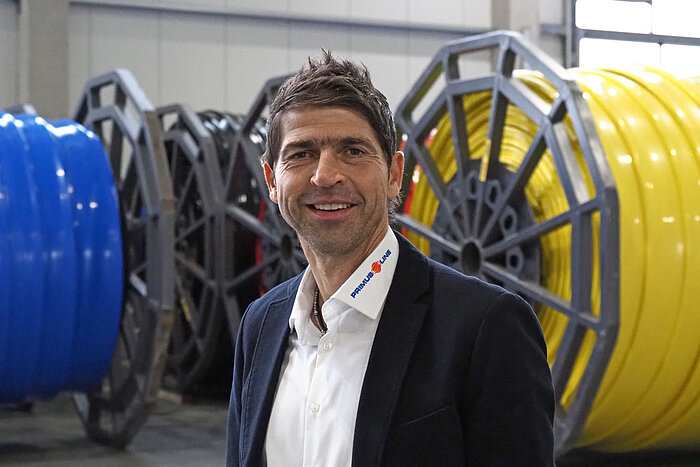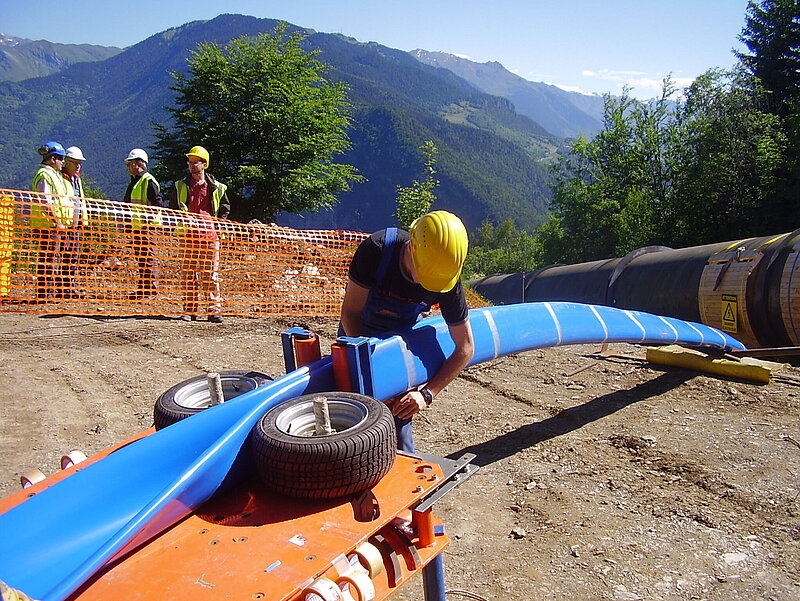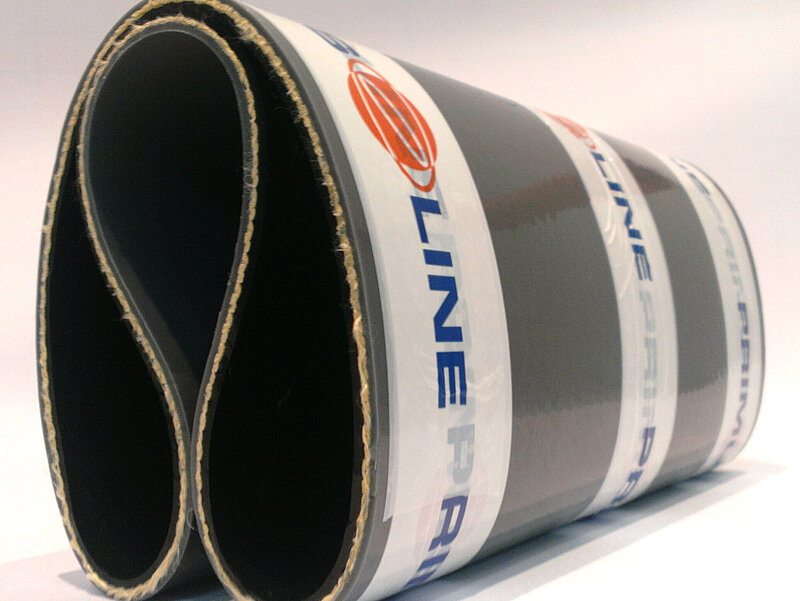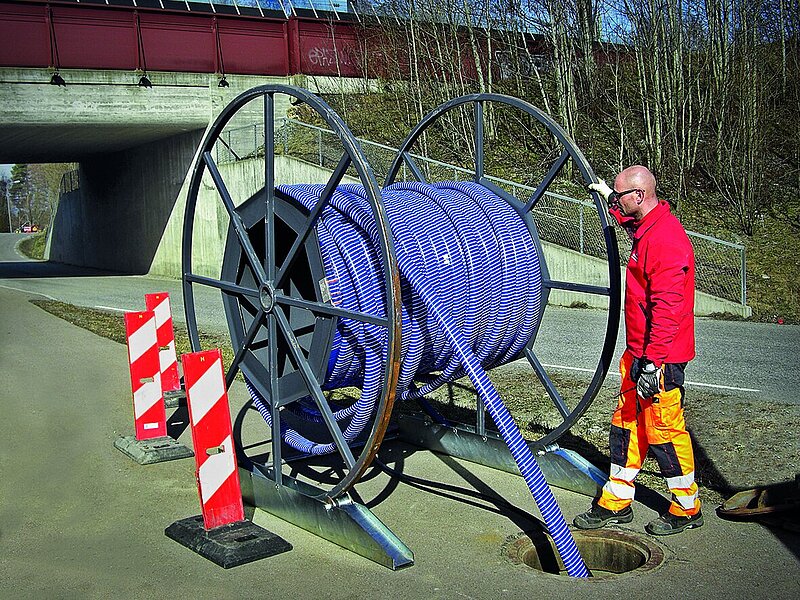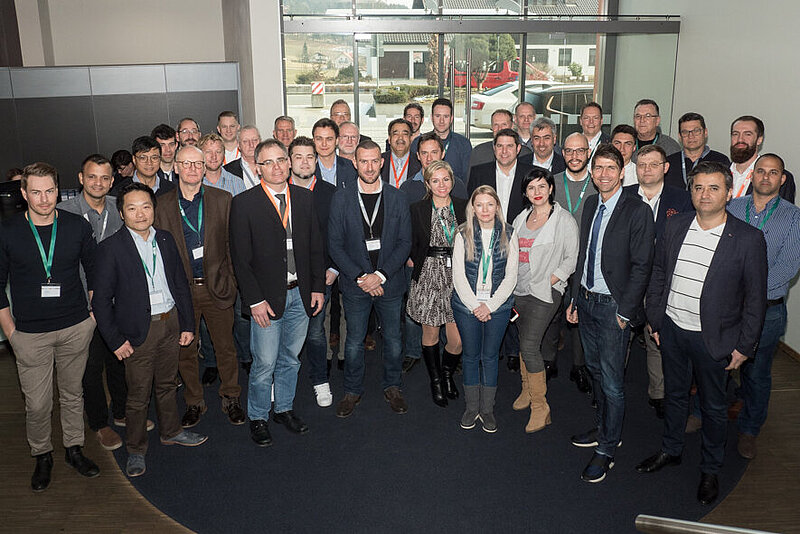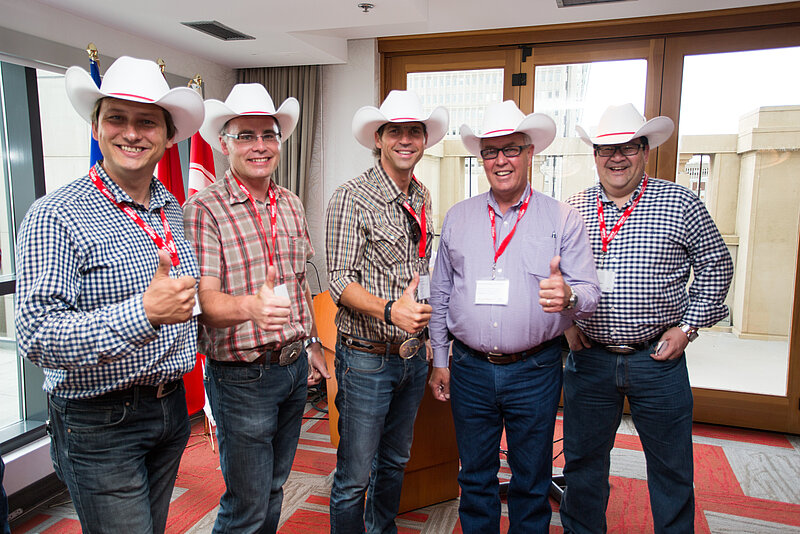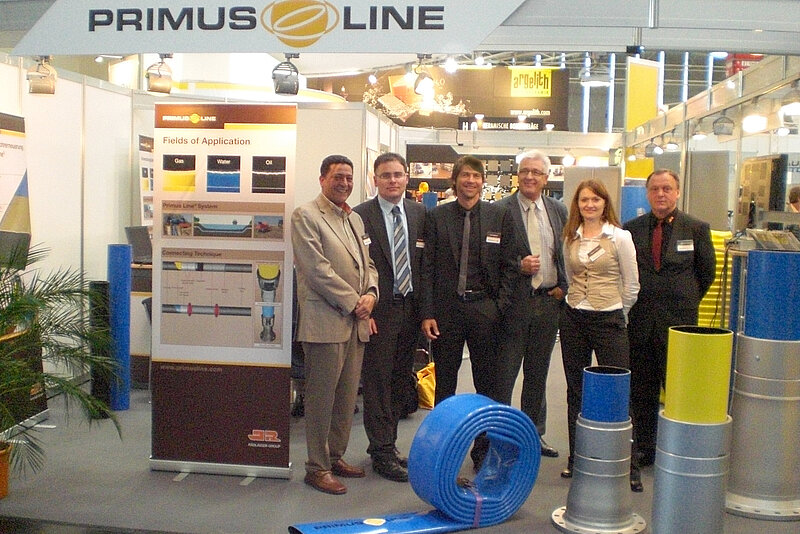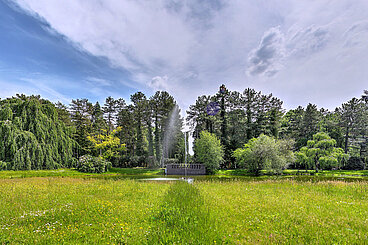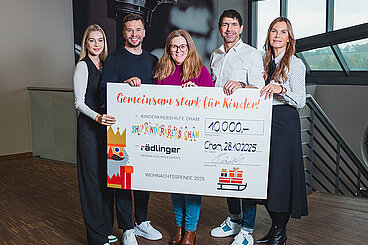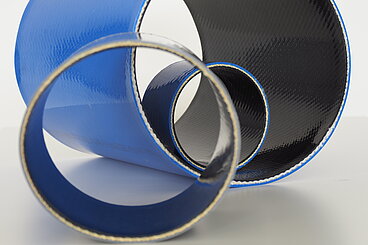About the person:
Werner Rädlinger is the owner and managing director of Rädlinger primus line GmbH and other sister companies of the Werner Rädlinger Group. From the beginning, he was responsible for the path of Primus Line - from the idea to the internationally established product.
Primus Line is 20 years old, how does that feel?
Werner Rädlinger: Like "wow, how time flies!" (laughs) - No, it feels very good. I am proud of what we have achieved. After all, we didn't just develop a new, really unique product. Especially in the first few years, we also had to do a lot of pioneering work to get trenchless technologies on the agenda of network operators and utilities in the first place. The fact that we are here today with 100 employees and five international locations is the result of a great deal of determination, developer spirit and passion on the part of our family and the entire team.
Integrated into the Werner Rädlinger Group, Rädlinger primus line GmbH is still a family business today. What does that mean?
Werner Rädlinger: Looking back, it means that we invested a lot of money and time in the development of an innovative product with full conviction of an idea. Resources that were needed back then and that are paying off today. Family businesses have more staying power. We think in the long term and do business sustainably, because - now looking to the future - I would like to pass on my company successfully to the next generation.
So it was an idea that tipped the scales - how did it come about?
Werner Rädlinger: I have to go back a little bit. In 1988, Rädlinger, at that time still under the leadership of my father Josef Rädlinger senior, took over the company Müller from Cham. The manufacturer of circular looms had no successor. So Rädlinger Maschinen- und Anlagenbau GmbH (today Rädlinger Maschinen- und Stahlbau GmbH), a sister company of Primus Line, got involved in the production and sale of circular looms, e.g. for fire hoses. By the way, we still sell circular looms today.
The technology was constantly developed and improved. Finally, a machine was developed that could do almost too much "just" for the production of fire hoses. So the thought came up whether the experience and knowledge of the circular loom technology could not be used to develop a new product, i.e. a kind of "super hose".
At the same time, the company was producing gas pressure control systems and was closely networked in the gas industry and familiar with its challenges. One such challenge was the time-consuming and cost-intensive rehabilitation of existing pipelines in open construction.
So the idea was born by bringing these two thoughts together: a super hose for the rehabilitation of pressure lines.
And what happened next? How was the idea implemented?
Werner Rädlinger: It was developed, developed and developed. Test systems were created, different materials tried out, connectors designed, installation possibilities discussed. In this phase, we cooperated closely with the gas trading company Verbundnetz Gas. After all, we had started with the most difficult medium. We needed the time to develop a market-ready product.
That was certainly not an easy time! How were setbacks dealt with?
Werner Rädlinger: It took patience and staying power, even after company foundation and market launch. We were convinced that the technology had a future and we kept at it. We learned from the setbacks and enhanced our product, but never gave up. Example: We fed the Primus liner for a long time unfolded into the pipe, the feasible feeding speed was very low. Then we came up with the idea of folding the liner into U-shape with a machine upstream of the feeder, which increased the feeding speed, but did not make feeding any easier. Today we deliver the liner pre-folded ex works.It took patience and staying power, even after company foundation and market launch. We were convinced that the technology had a future and we kept at it. We learned from the setbacks and enhanced our product, but never gave up. Example: We fed the Primus liner for a long time unfolded into the pipe, the feasible feeding speed was very low. Then we came up with the idea of folding the liner into U-shape with a machine upstream of the feeder, which increased the feeding speed, but did not make feeding any easier. Today we deliver the liner pre-folded ex works.
